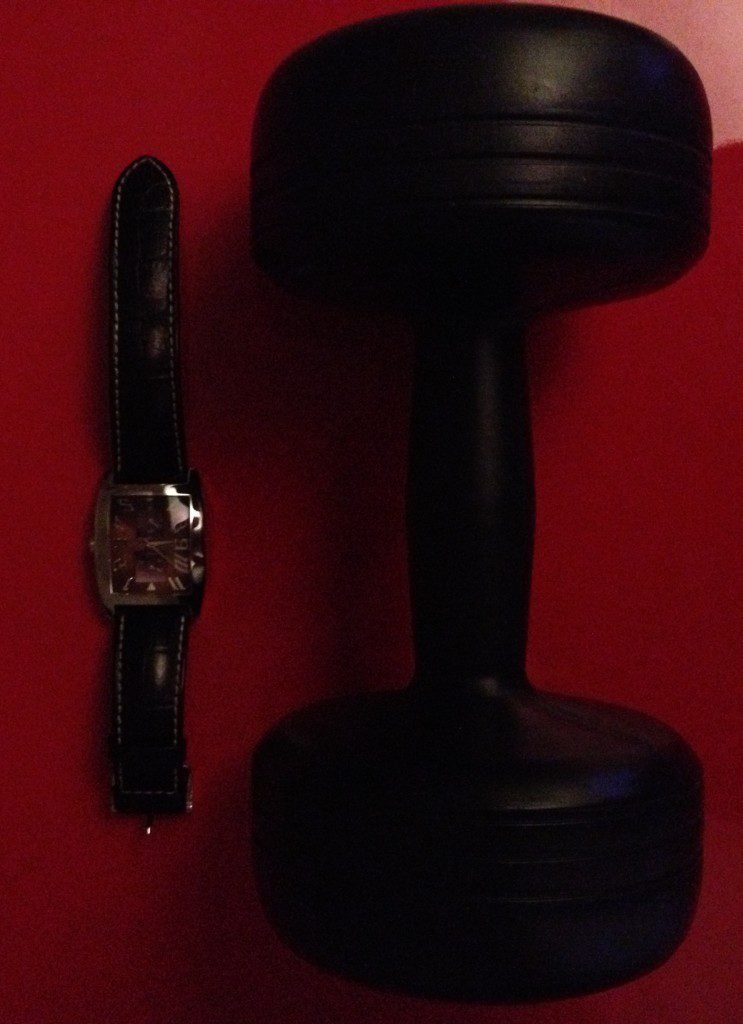 Recently, a reader asked me to write an article about “how fast” I perform my repetitions when I train. I promised him to get this done, so here it is.
Recently, a reader asked me to write an article about “how fast” I perform my repetitions when I train. I promised him to get this done, so here it is.
First of all, I will refer to the tempo of repetitions as Time Under Tension since that’s usually the term used for this purpose. Time under tension is basically how long time you spend on a repetition.
By increasing it, you increase the intensity of your training and thereby place additional stress on the muscles. This is great for growth IF you have already built a solid strength base. There’s no point in increasing it if you can barely do 5 chin ups with a regular time under tension. This article is only useful for those of you that already have a good strength base and want to bring up a lacking muscle group(s) by increasing the intensity of your training.
To answer my reader’s question: I train with a normal time under tension. During chin ups, I lift myself up fast, and lower myself (negative part) in a controlled but not SLOW fashion. However, on occasion I implement slow negatives to increase time under tension and thereby place additional stress on lacking muscle groups.
My Experience with Time Under Tension
So far, I have used this type of training to target 3 lacking muscle groups:
- Upper Chest
- Triceps
- Biceps
I emphasized the upper chest and triceps by doing diamond push ups and my biceps with close grip chin ups. I used similar progressions on both exercises, however I performed more repetitions on the diamond push ups since it’s an easier exercise for me.
To give you an idea of how I applied time under tension to my close grip chin up training, read the excerpt from my PDF-Guide How to Build a Powerful Back:
If you are at the level where you can easily do 12-15 chin ups you can consider to do one of the following workouts that I have used with great success…
Workout 2: Increase Time under Tension
During this workout you perform 3 sets of chin ups 3 times a week. The goal here is to perform each repetition VERY slowly to increase the time under tension. On your final set you should go beyond failure by adding negative chin ups once you reach failure on regular chin ups. This type of workout is great to increase the time under tension however it should only be done for 3 weeks MAXIMUM since you are going beyond failure (adding negatives after your slow chin ups). Also, I would never do this type of training in a caloric deficit.”
As you can see in my PDF-Guide, I recommend you to get strong enough to perform 12-15 chin ups BEFORE you play around with time under tension. Once you have a solid strength base, you are ready to increase the intensity of your training to bring up lacking muscle groups. Just be prepared to eat a lot of food and get tons of sleep – this type of training requires you to prioritize recovery highly.
How to Progress by using Time Under Tension
The progression is actually quite simple. Instead of trying to increase weight and/or repetitions, you increase the time your muscles are under tension (hence the name).
Let’s assume that you can max out 15 chin ups with a regular tempo on your repetitions. However, you want to add intensity to your workout, so you decide to increase the time under tension. To do this, take about 50-60 % of your maximum repetitions – in this case that would be 8 chin ups. Once you have this number, perform 3 sets of chin ups, BUT perform the negative part slowly and add a few negatives once you reach failure on your final set.
In your first workout, aim for about 3-4 seconds on the negative part of the lift. So your first chin up workout could look similar to this:
Set 1: 8 repetitions, 4 second negatives
Set 2: 7 repetitions, 4 second negatives
Set 3: 5 repetitions, 4 second negatives + 2 negatives after failure
During your next workout, you should try to perform 8 chin ups on each set with 4 second negatives. Once you have this number, add a few seconds so you’re doing about 6 seconds instead.
Build up your strength until you can perform 3 sets of 8 repetitions with 8 second negatives. At this point, you should have trained for at least 2-3 weeks, and I recommend you to stop and return to your regular training routine.
As you can see, this example was for chin ups. If you apply time under tension to other exercises, you may want to experiment with more or less repetitions and different progressions. Just remember that progressing on this type of training is very demanding on you, both from a physical but also a mental point of view. Your body will require a lot of food and sleep and you will dread just thinking about the next training session, because of the high intensity used. Therefore, I recommend that you only do it 2-3 weeks at a time to bring up lacking muscle groups.
Have you had succes in your training by increasing time under tension or was it a waste of time? Let us know in the comments section.
– Oskar
Note: Throughout this article I used the chin up as an example; however the concept can be applied to any exercise.



Wow…that’s some great idea. Currently I can do 13 chinups at max. So will try it and if it feels ok i will go for it otherwise the regular ones. Thanks for the info.
Oskar,
For working out on back, according to your article, I do not need to do any other exercise apart from chin ups. Whereas I was thinking, along with chin ups, will include pull ups and inclined pull ups with the same ‘time under tension’ strategy, and move till 20 reps on all (forming a superset) with 30 secs of rest between each exercise and 2-3 mins rest between each set. Post that adding weight (5/10/15kgs) and reach to the same level before I move on to the advance exercises.
What do you suggest, is this any good, or should I focus only on chin ups (I know chin ups alone can give enormous back)?
Thanks
Ani
Feel free to switch between pull ups and chin ups but don’t do the superset. They work the same muscles so it will be very hard to do 3 sets with 30 sec rest between with 20 reps with 15 kg. Do one variation each workout.
Awesome. Thanks Oskar.
Hi Oskar,
Loved this article, I have been really confused on how to increase the level of difficulty in my regime.
I have started calisthenics only 2 months back and I DO NOT do free weights at all.
I like calisthenics because we have compound effect in terms of muscle groups (no isolation). But after a point I got confused as I stopped gaining much muscles and have no idea whatsoever on how to get more lean muscles.
All I thought that so as to increase my level, I need to start working out on more difficult exercises like in back n shoulders (muscle ups and handstand pushups) etc. But there is a lot of failure in that because I need more strength to perform these advanced exercises. So in a nut shell, back to square one.
I read your “how to create illusion of wide shoulders”, and found out the three ways so as to increase the difficulty level – adding weights, time under tension and think bars (for chin ups).
So my first question – In what sequence among the three tecniques mentioned above should I increase my difficulty (not only for back or chest, but for all the parts), so as to move on to the advanced exercises?
I would be obliged if you could post a reply to this. :)
Thanks
Here’s the way I would progress in calisthenics:
1: Increase reps until you get to about 20.
2: Increase time-under-tension on each rep until you can do 15-20 reps with full control on your first set. Also experiment with thick bars during this phase.
3: Increase difficulty of exercises (pull ups to muscle ups, diamond push ups to handstand push ups) AND/OR Add weight to the basic exercises.
Great… Thanks for the reply. Helps a lot.. :)
Appreciate bro!!
Thanks for the article Oscar. I really appreciate how you react to your readers’ comments (in this case mine)! BTW: I can’t receive your PDF as I have already signed up for the newsletter.
You’re welcome Fabian.
I sent out an email the 2nd september to all existing subscribers, but just send me your email through the contact page on the website and I’ll personally send you the guide.
Oh, and my name is with a K